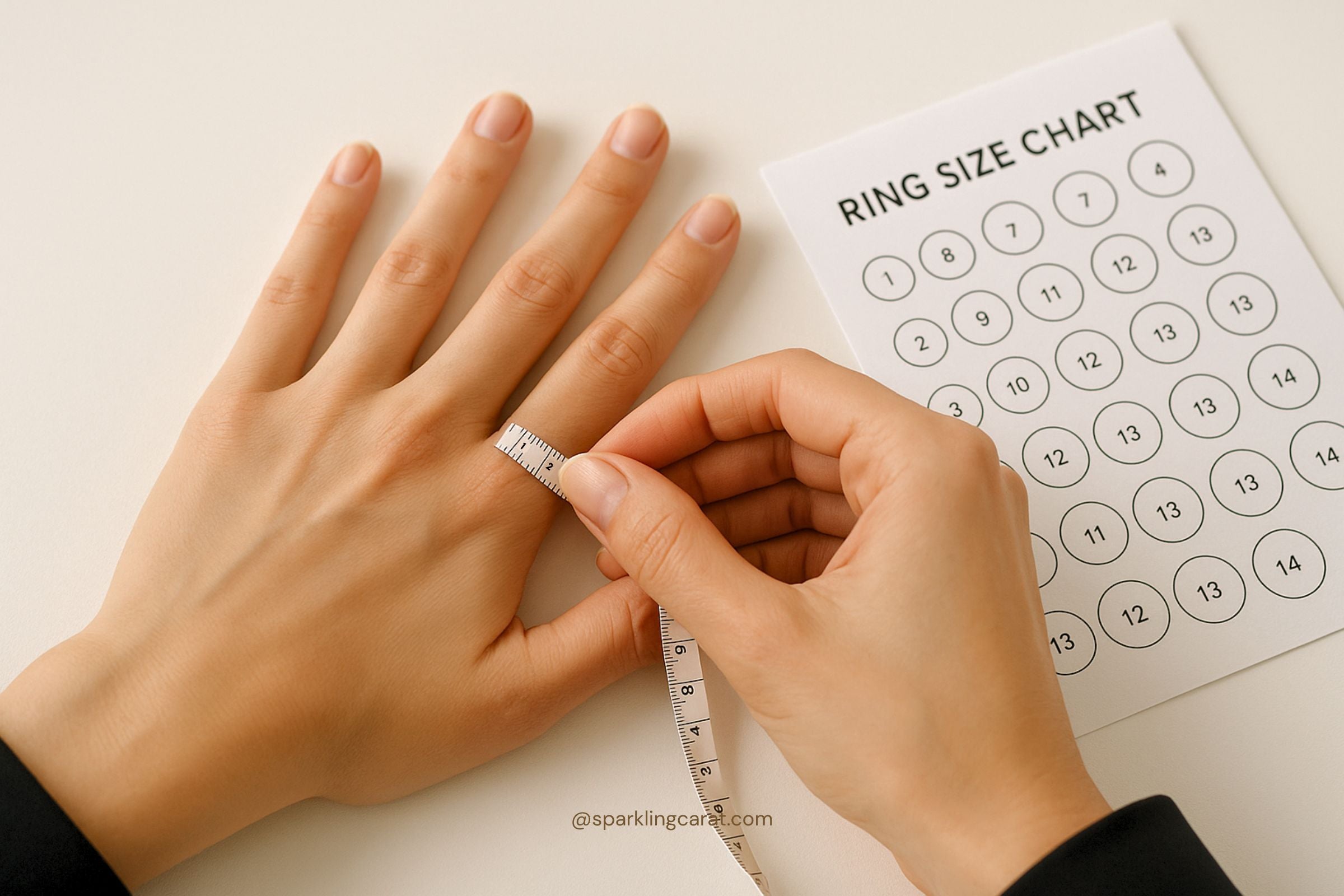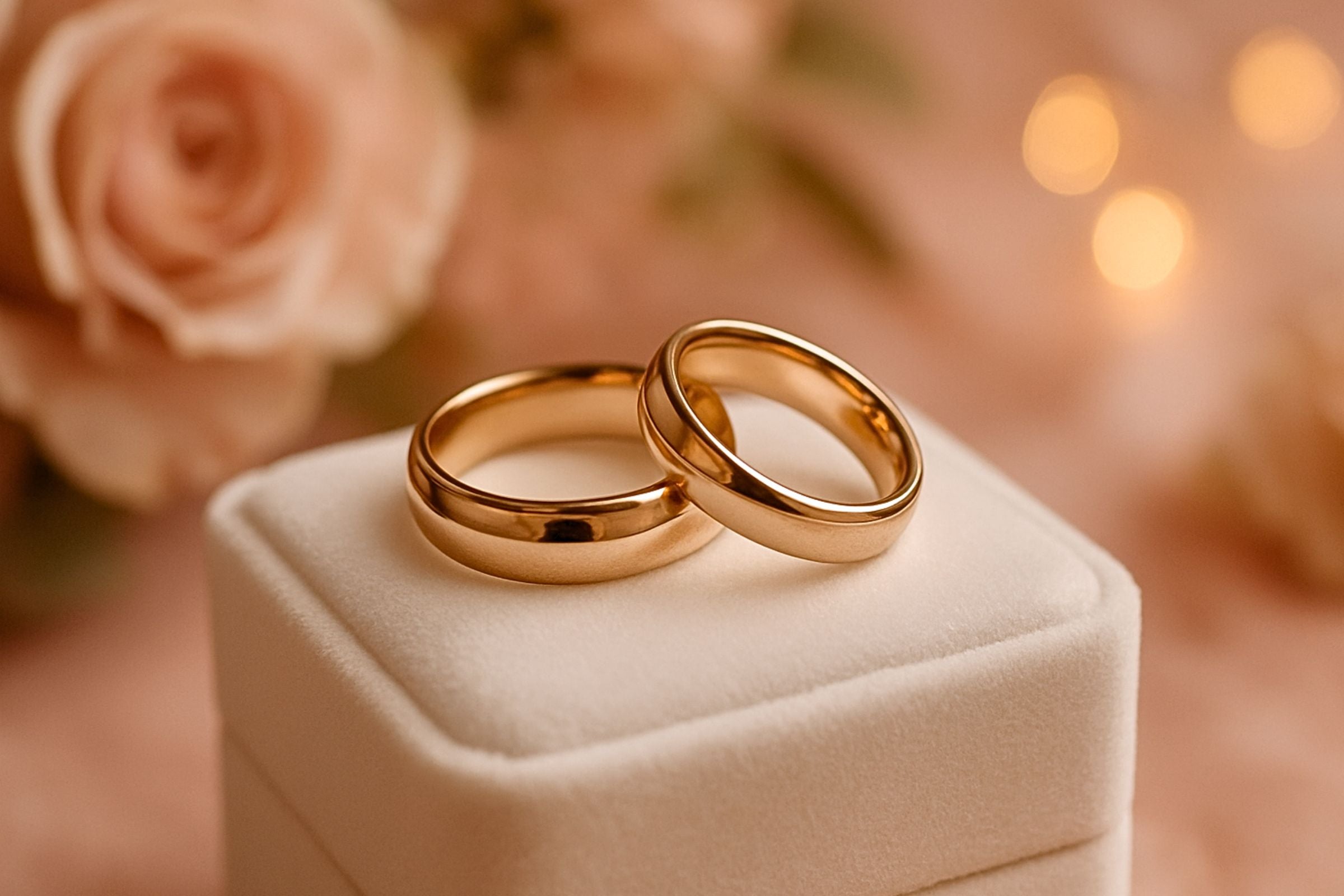Behind the Sparkle: How Diamonds Are Made
Diamonds have fascinated humanity for centuries—not only for their brilliance and symbolism but also for the mysterious and awe-inspiring journey they undergo before becoming the sparkling centerpiece of your engagement ring.
In this blog, we’ll uncover the science, geology, and modern technology behind how natural and lab-grown diamonds are formed, cut, and brought to life. Whether you’re a curious buyer or a diamond connoisseur, this guide will enrich your appreciation for the gem “that lasts forever.”
How Are Natural Diamonds Formed?
1. Origin in the Earth's Mantle
Natural diamonds are formed 100–200 kilometers below the Earth's surface, in the upper mantle, where extreme pressure (725,000 psi) and temperatures exceeding 1,100°C (2,000°F) force carbon atoms to bond in a crystal lattice.
This process takes 1 to 3 billion years, making diamonds older than most forms of life on Earth.
2. Volcanic Transport: The Kimberlite Journey
Diamonds don’t stay underground. They’re transported to the Earth's surface via kimberlite pipes—ancient volcanic eruptions that carry the diamond-rich magma upward rapidly, preserving the gems in their solid form.
How Lab-Grown Diamonds Are Made
At Sparkling Carat, we also specialize in lab-grown diamonds, which are identical in appearance, structure, and brilliance to mined diamonds—but created in weeks, not millennia.
Two Main Methods:
1. HPHT (High Pressure High Temperature)
-
Mimics Earth’s natural process.
-
Carbon source is exposed to extreme pressure & heat.
-
Crystal forms around a diamond seed.
2. CVD (Chemical Vapor Deposition)
-
Carbon gas (like methane) is heated in a vacuum.
-
Carbon atoms deposit on a diamond seed, layer by layer.
-
Allows for high-purity diamonds.
Learn more: Lab-Grown vs. Natural Diamonds: What’s the Difference?
From Rough to Radiant: Diamond Cutting
Whether mined or grown, diamonds are not immediately brilliant. The cutting and polishing process is what unlocks their sparkle.
Diamond Cutting Steps:
-
Planning – Laser mapping for optimal yield.
-
Cleaving/Sawing – Rough diamond is divided.
-
Bruting – Shapes the girdle (edge).
-
Polishing – Creates the facets (typically 57–58).
-
Inspection – Graded for Cut, Color, Clarity, and Carat.
Did you know? The cut of a diamond is the most crucial factor affecting its brilliance.
Why Cut is King: The Most Important of the 4Cs
How to Tell If a Diamond is Real
Natural or lab-grown, a genuine diamond has specific characteristics. You can test diamonds with:
-
Fog Test: Diamonds disperse heat quickly.
-
UV Light: Some fluoresce blue.
-
Loupe Inspection: Look for inclusions.
How to Know if a Diamond is Real: Quick DIY Tests
Sustainability and Ethics in Diamond Creation
Natural diamond mining can have significant environmental and ethical impacts. Lab-grown diamonds offer a sustainable, conflict-free alternative, using renewable energy and controlled conditions to produce eco-conscious luxury.
Explore: Conflict-Free Diamonds: What You Need to Know
The Sparkling Carat Promise
Whether you choose a natural diamond with ancient origins or a lab-grown gem of modern brilliance, Sparkling Carat guarantees:
-
GIA/IGI certified diamonds
-
Ethically sourced or sustainably grown
-
Custom design services
-
Transparent pricing and education
Explore our collections:
Explore Lab-Grown Diamond Jewelry






Leave a comment
This site is protected by hCaptcha and the hCaptcha Privacy Policy and Terms of Service apply.